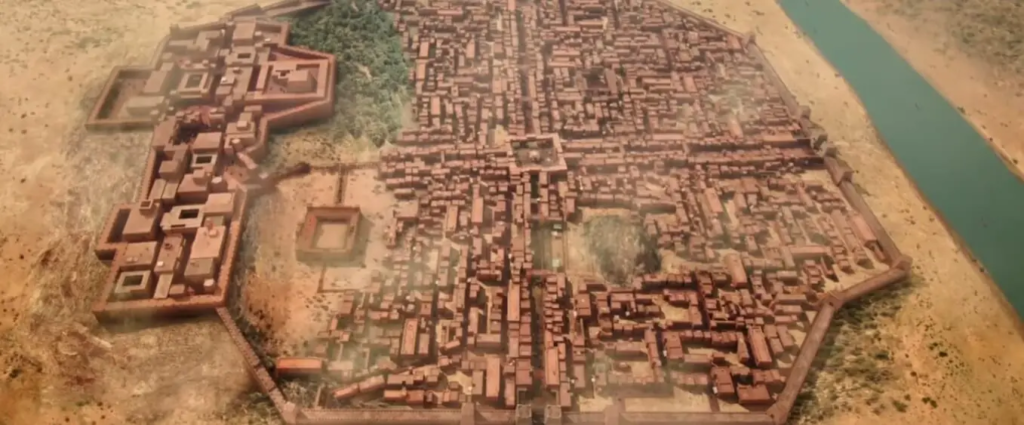QUES . To what extent has the urban planning and culture in the Indus Valley Civilization provided inputs to the present day urbanization? Discuss. UPSC 2014 G S MAINS PAPER 1
HINTS:
The Indus Valley Civilization displayed remarkable planning in its urban towns, especially in the area of sanitation and drainage. The Indus Valley Civilization was ahead of its time in multiple ways of organised forms of living, which has been well depicted in the forms of urbanization and culture it possessed.
So, the modern day urban planners have considered Indus Valley Civilization as a fine source of various inputs in larger perspectives. To a great extent, it has provided inputs to the present day urbanization.
Must read: Lessons from the urban planning and cultural aspects of Indus Valley Civilisation
Grid pattern planning :
It gives a resemblance of highly planned cities which India tried to incorporate in new urban centres like Chandigarh and Raipur.
Must read: Arts of the Indus Valley Civilization

Size of bricks :
The size of bricks remained the same everywhere. The ratio of brick size was 1: 2.: 4. Till today we are using nearly the same proportion in brick making.
Division of towns:
Segregation of city areas of modern times looks highly motivated from Indus Valley Civilization . In those times, town was divided in protected areas of ruling class, dwelling houses of common men, great baths and so on. These have undoubtedly acted as inputs for today’s city centers, residential areas, state buildings and so on.
Must read: Architecture of the Indus Valley Civilization
Drainage system :
A well planned and inclined drainage system was present in Indus Valley. The drains in the IVC connected each and every house, and enabled them to dump their waste directly. These drains were covered, and they directly connected to the larger sewerage outlets. There were inspection holes on the drains for maintenance purposes and there were manholes on the streets. This system is very much prevalent in the modern time.
Must read: Decline of the Indus Valley Civilization

Business centers:
Trading areas, granaries, dockyards, can be perceived to give inputs for the planning of today’s business centers. Arts and crafts, seals, pottery, religion, ornament and amulets have been transformed into fashion designing, currency, ceramics, jewellery, etc in modern times acting as the continuum of this ancient civilization.
Pottery:
Pottery (Ochre Colored Pottery) excavated from Indus Valley Civilization enables us to understand gradual evolution of various designs, shapes and styles, which are prevalent in the modern time.
Must read: Harappan society
No encroachment:
One of the significant features of the urban planning system of Indus Valley Civilisation was, no building was allowed to be constructed arbitrarily and encroaching upon a public highway. In present times also it is followed.
The connections and inspirations discussed above assert the larger extent of Indus Valley Civilization influencing today’s urbanization and culture. Indus Valley Civilization is considered as the first urbanization wave of India. It has a great impact on urban planning and culture in India. Urban planning of the IVC has extensively helped us to learn from it.
External link: https://www-worldhistory-org.webpkgcache.com/doc/-/s/www.worldhistory.org/Indus_Valley_Civilization/
